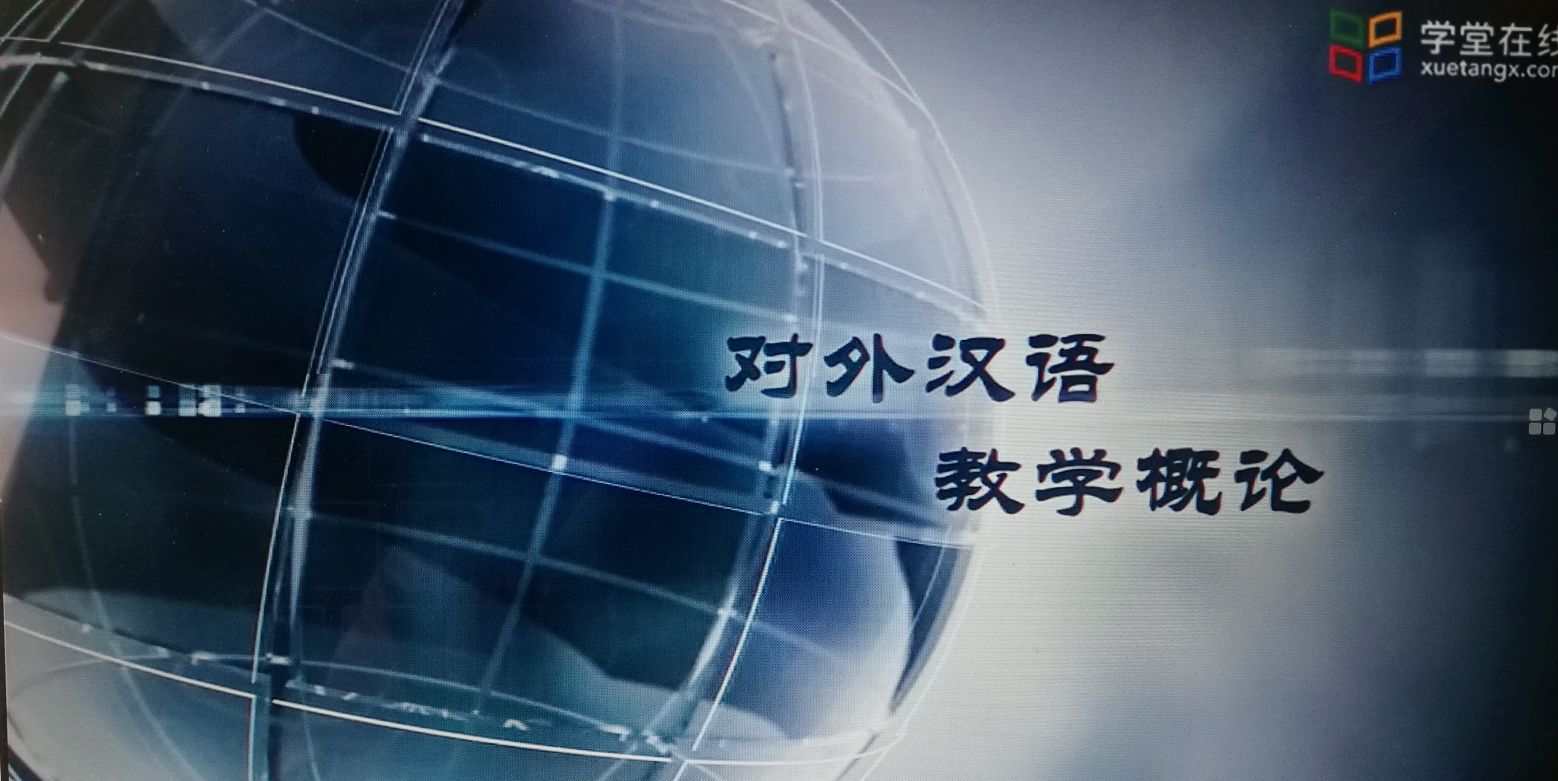
当前课程知识点:Innovation and Creative Thinking (创新与创意思维) > 13. Case Study (Selective)个案研究(选学) > Case Study: Keep-fit formula for Children (学童Keep-Fit方程式) > Solution identification and implementation
返回《Innovation and Creative Thinking (创新与创意思维)》慕课在线视频课程列表
Solution identification and implementation
方案的确认和实施
Welcome back to the course Innovation and Creative Thinking. This session will focus on solution identification and implementation.
欢迎回到创新与创意思维课程,这节课将会聚焦于方案的确认和实施。
Solution identification is the decision making step of the creative problem solving process. It's important that we choose the solution ourselves. It assures commitment. If there is any need for other inputs, it would possibly be for further clarifying the alternatives and reminding us about the discussion during evaluation of alternatives. Solutions are often less than perfect. We may have to remind ourselves of this fact. We have made the best decision given the situation and the alternatives that are available.
方案的确认是创造性解决问题过程的决策环节。有一点很重要,我们需要亲自选择解决方案,它是承诺的保证。如果需要其他人给与意见,只是用作理清替代方案,并提醒我们在评价替代方案时需要进行讨论。方案总是不尽完美,或许我们也必须提醒自己这一点。考虑到目前的情况以及可供选择的替代方案,我们已经做了最好的选择。
After choosing a solution, we need to develop a plan for implementation. Developing a plan for implementation may require brainstorming of strategies for achieving our goals. The plan does not need to be complex. Instead it must be simple, and, where possible, broken down into steps. It may be appropriate to identify times when we may come back to discuss progress.
选择方案后,我们需要制定实施计划。可以通过头脑风暴法来制定计划,以期达到预期目标。计划不需要太复杂,反过来必须是简单的,而且最好能够分解成一步一步。在合适的情况下,我们亦可预定一些时间点用来讨论进度。
Sometimes, we may decide during the stages of generating and evaluating alternatives that new aspects of the problem need to be identified and discussed or that some alternatives were not suggested. In these situations it is appropriate to backtrack to previous phases to explore the problem further or to identify other alternatives. Also, at the point of deciding on a solution, we may realize that no suitable solutions have been discussed and we need to go back to identifying the problem and generating other alternatives.
有时在产生和评价选择方案时,我们可能需要做些决定,包括从新的角度确认、讨论问题以及一些尚未提出的选择方案。在这些情况下,恰当的做法是回溯到前一阶段来进一步探索问题或确认其他选择方案。有时,我们在要决定方案时才发觉没有讨论出合适的方案,那么我们便要回到确认问题及产生方案的阶段。
At any time during this process, we may want to take a break or even end the process all together. This is particularly important when a suitable solution is not found. We may just stop the process. After a period of rest, the problem may become clearer or a new solution may become evident. We can resume later to finish the problem solving process creatively.
在这过程中的任何时间点,我们都有可能想停下来休息,甚至结束整个过程,尤其是在找不到合适的解决方案的情况下,或者我们可以先暂停一下。休息一段时间后,问题可能反而变得更清楚,或者发现了新的方案。我们可以晚些时间再重新开始,有创意解决问题。
What you see and will see on the screen are common questions which we use to challenge others. I’m sure many of us are familiar with what I just said about alternatives, solution, implementation and taking a fresh look.
你在屏幕上所看到的和将看到的是我们常用的一些挑战他人的问题。我肯定我们中很多人已经对刚刚所提到的方案选择、解决方案、实施以及采取新的角度已经很熟悉。
Let’s revisit the creative cycle.
Having completed the preparation and exploration phases, we now move into the incubation and verification phases.
让我们再次回顾创意循环。
完成准备和探索阶段后,现在我们进入孵化和验证阶段。
In the Incubation phase, we can leave the task aside, relax and forget about what we have been doing and just wait. It is a period of inactivity after intensive thinking, which is believed to promote creativity. For instance, it has been well documented that sleep enhances creativity. Rest gives a chance to the unconscious mind to work on the problem. Perhaps it is just a period of timeout which helps us look at the problem with a fresh eye.
在孵化阶段,我们先把任务发放在一边,放松并忘掉一直在做的事情,只需要等待。这是高度集中思考后的休止期,被认为能够促进创意。例如,已有大量资料表明睡眠可以提升创意。休息使潜意识有机会来思考问题,或许正是暂停休息一段时间能帮助我们用新的角度看问题。
In the Verification phase, that is the phase to Identify solutions. We move from divergent thinking to convergent thinking.We need to stop emphasizing what is novel and starts focussing on what is useful. To achieve this, we need to set some limits, that is, narrow down the options using a given set of constraints.
在验证阶段,它也是确认方案阶段。我们从发散思维转向聚合思维。我们不再强调新奇的方案,开始关注方案的实用性。为了实现它,我们需要设定一些限制,也就是,根据既定的限制条件缩小选择范围。
Narrowing down the options requires us to consider the Implementation context.
We determine the constraints appropriate for our convergent thinking, taking into account of our culture, mission, priorities, resources, and last but not the least our purpose of the task in question.
It’s against this list of constraints that we evaluate each option generated in the divergent thinking process which has taken place in the exploration phase.
缩小选择范围要求我们思考实施背景。
我们通过聚合思维确定限制条件,同时要把我们的文化背景、任务、优先次序、资源以及最后很重要的一点我们正在探索的任务目的都考虑进去。
To help us narrow down the options, we often ask the following questions.
为了帮助缩小选择范围,我们经常会问以下这些问题:
• What functions are ‘must-have’ and ‘nice-to-have’?“必须有”和“最好有”的作用是什么?
• What criteria are determined by our values?由我们价值观所决定的标准是什么?
• What are the cost constraints?什么受到成本约束?
• What are the size or shape constraints for the new solution?对新方案大小形状的限制是什么?
• Within what time frame do we need to complete the task in order to meet the market or service demand?为了满足市场和服务的需求,我们需要在什么时间完成任务?
• In what ways the new product is compatible with our existing products?从哪些方面新产品和现有产品可以兼容?
It may sound very straight forward, but we do see failures every now and then. Why did people fail in their creative endeavor?
From our observation, they fail because they do not have the required knowledge, necessary concepts, appropriate judgement or most importantly the right attitude.
它听起来可能很直接,但我们确实时不时地看到失败。为什么人们会在尝试创新的时候失败呢?
从我们的观察来看,他们之所以失败是因为缺乏所需要的知识、必要的概念、恰当的判断,或许最重要的是正确的态度。
Just like the development of robots - robots have the abilities to do more than we can imagine, but many are functional specific. Typical examples can be found in the car manufacturing industry. Each robot performs a single task repeatedly and continuously. They are purposely developed for those specific functions and hence other functions would be a waste of resource and possibly space. When we need a robotic arm, do not waste our money to buy a humanoid robot.
正如机器人的发展,它们拥有的能力超过了我们的想象,但很多是按特定功能来制造。在汽车制造业中便可以找到典型的例子,每个机器人重复不断地执行单一任务。它们是为了这些特定功能而造,其他功能便是浪费资源,或者浪费空间。当我们需要一个机械手臂时,便不要浪费钱去买一个人形机器人。
Thank you! See you next time!
谢谢!下次见!
返回《Innovation and Creative Thinking (创新与创意思维)》慕课在线视频列表
-Assessment: Challenge Based Learning
-Identifying Why People May Oppose Your Ideas(明确人们反对你想法的原因)
-The Process of Planning the Presentation (汇报的计划过程)
-Ways To Get Others To Feel Positive About Your Ideas(让他人对你的想法感到积极的方法)
-Solution identification and implementation
-Solution appraisal and evaluation (方案的评价和审核)
-Case study: Telehealth and telecare Initiative (远程医疗和远程照护的首创)
-Case study: Acu-magnetic therapeutic for knee osteoarthritis(磁疗护膝治疗膝骨关节炎)
-Measures of creativity and creative thinking
-Creative thinking in everyday life1
-Creative thinking in everyday life 2
-Case study: Making Crispy Vegetables(制作酥脆蔬菜)
-Tutorial: How To Sell Your Ideas To Others(如何向他人推销你的想法)
-Case Study: Heart Rate Variability (心率变异性)
-Case Study: sleep apnoea(睡眠呼吸暂停)
-Case study: sleep apnoea (continued)
